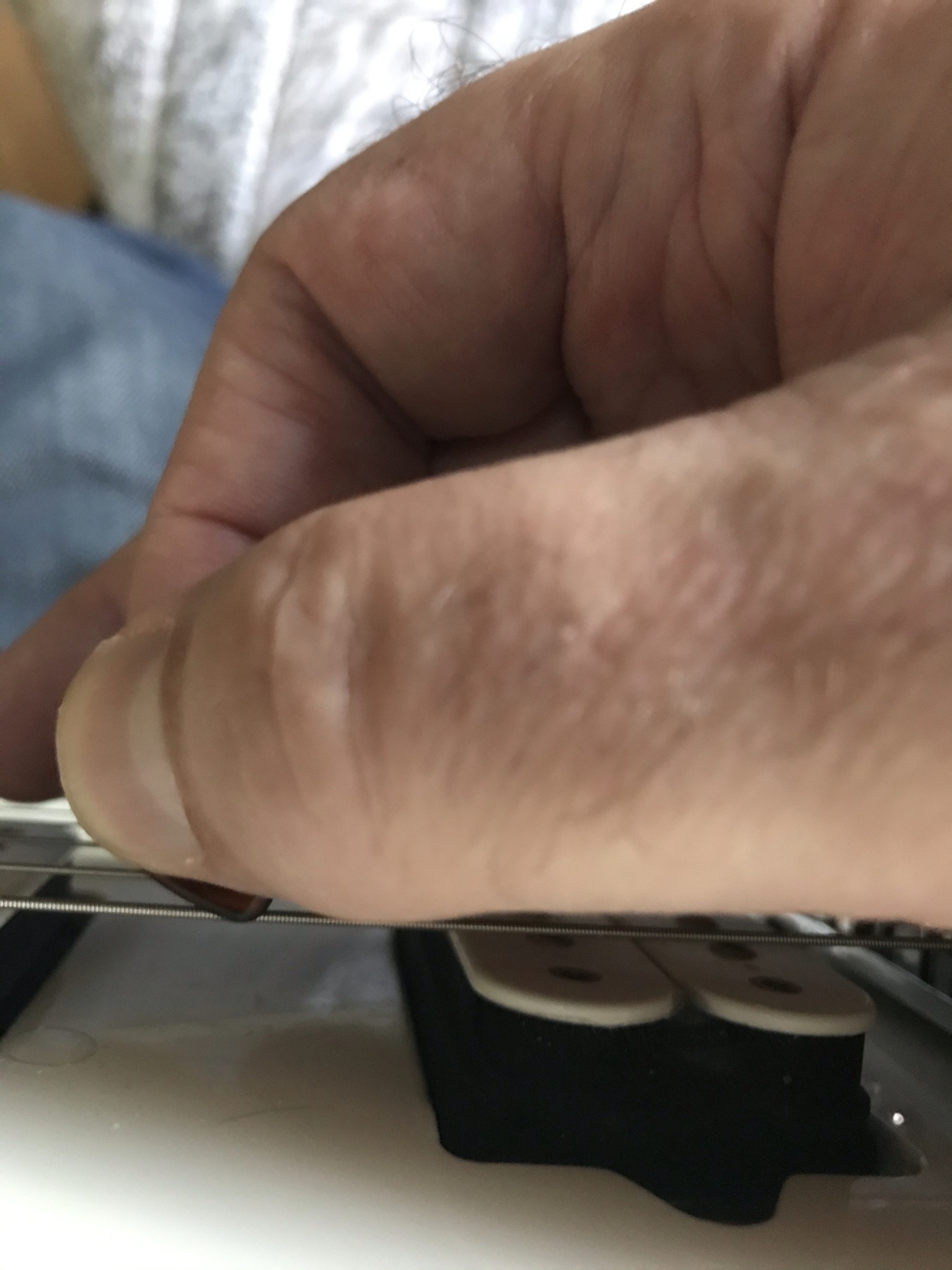FrankenStrat
Experienced
Try different picks. Thicker/thinner. Different materials (ultex, tortex, bone, metal), different shapes.I want to play faster and cleaner. I'm currently using some of Wu-Flu down time to relearn how to pick.
What I'm finding is that pick angle and slant has a huge effect on speed...but also on tone. My default is slight upward pick slanting, with the pick almost perfectly parallel to the strings. This makes for good tone and short bursts of speed, but trips me up on longer runs. If I force myself to follow conventional wisdom (angle the pick 20-30 degrees, change pick slant direction as needed) the speed comes quickly and the tripping hazards are gone....but the tone suffers. Well, suffers may be the wrong word. The pick attack is sharper and raspier. It's a different sound for the tool box, but not what I always want. So much for having one consistent technique...
I went through many, many, many different picks before finding what I was looking for in the Primetone 1.44 mm Sculpted Jazz III. My search was the result of what you are describing: the impact of picking technique on tone, particularly pick attack.



 It's exactly like that running isn't just walking fast. Or vice versa.
It's exactly like that running isn't just walking fast. Or vice versa.